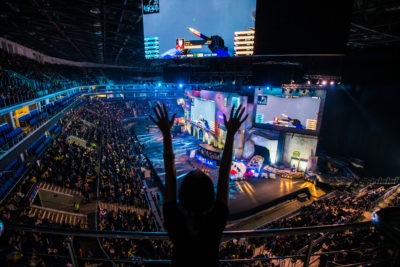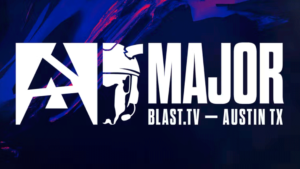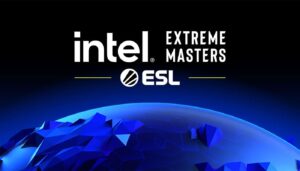What Counter-Strike 2 means for esports trading – Esports

As the highly anticipated Counter-Strike 2 prepares to launch this summer, industry expert Clay Bartolo, Leader of Trading Operations at Pandascore, raises essential questions about the implications of this launch on the esports landscape and its subsequent effect on betting markets.
On March 22, Valve, the renowned publisher of Counter-Strike: Global Offensive (CS:GO)—the leading title in esports betting—officially announced the upcoming release of Counter-Strike 2 (CS2) this summer. This pivotal move signals transformative changes in the competitive gaming arena.
Although summer approaches, the specific release date for CS2 remains uncertain. With the game’s launch imminent, Bartolo invites stakeholders to contemplate how the introduction of CS2 might reshape the esports ecosystem and influence trading strategies.
Enhanced graphics, redesigned maps, and refined game mechanics inevitably raise questions about market pricing and trends. Furthermore, the intricate timelines of competitive events will also factor into the overall trading landscape during this transition period.
Strategic Considerations for Counter-Strike 2 Launch
Accompanying the launch announcement was the revelation that the recent BLAST.tv Paris Major would mark the finale of CS:GO’s competitive chapter. The first official tournament for CS2 will debut at the PGL Major Copenhagen in 2024. Consequently, while there remains time to analyze the forthcoming competitive framework, several features intrinsic to CS2 merit examination to project potential outcomes in trading markets.
Understanding Changes in Game Mechanics
While the foundational elements of Counter-Strike remain intact, several critical modifications to gameplay mechanics have been confirmed:
- Shooting through smoke grenades will now create visual clarity.
- The timing for Molotov fire to spread has been extended.
- Adjustments have been made to player movement dynamics.
- Map alterations introduce fresh strategic scenarios and opportunities.
Predicting the precise impact of these changes on the competitive environment is inherently complex, as even minor adjustments can unveil new strategic avenues. Notably, although the CS2 game will become available for general play several months before the first major tournament, the adaptation process will be crucial. Established teams in CS:GO may face significant hurdles as the skills and strategies honed in the previous title may not seamlessly transfer to the new environment.
In the initial tournaments, notably the major events, the ability of teams to adapt swiftly to these changes will significantly affect their competitive standing. This leads to a critical strategic question: When and how will teams transition to training in CS2? Will they split their focus between both games, and if so, for how long?
Scheduling Dynamics and Opportunities for Underdogs
As the current competitive framework stands, elite teams are expected to remain engaged with CS:GO through at least the December player break. Consequently, these teams will struggle to balance their ambitions in the new game with the desire to capitalize on winnings in the remaining CS:GO tournaments. In contrast, lower-tier teams—absent from major events—may have a greater propensity to transition earlier and dedicate their training efforts to CS2. This presents them with a unique opportunity to gain experience and acclimatization ahead of professional CS2 competitions.
Moreover, some teams may elect to withdraw from specific CS:GO tournaments to seize opportunities in lower-tier CS2 competitions, strategically positioning themselves for the Regional Major Rankings (RMR) qualifiers. Mere practice in public lobbies will be insufficient; teams will seek extensive competitive exposure to refine their match readiness for looming qualifications.
These evolving dynamics necessitate that traders broaden their analytical lenses beyond historical data alone. For instance, if a lower-tier team has accrued experience through several unofficial CS2 tournaments, market adjustments will be essential. Overall, this transition is likely to yield a more conservative and calculated approach to pricing CS2 markets in their nascent stages.








